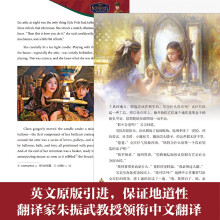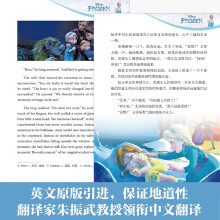《走出黑暗:人类史前史探秘(斑斓阅读·外研社英汉双语百科书系 典藏版 通识读本)》:
Prehistory is alive and well, inhabiting the area of our lives least easily put into words: our connection to material things. Many of our most significant others are not people, but objects; and especially significant objects are not strangers to us, they are known, loved, and lived with. Cooking utensils, cars, beds,computers, hammers, or pens each hold a set of possibilities within,immediately apparent to those who know them well. Prehistory is less a period and more a set ofpotentialities which we know, sense,and feel, but find hard to speak. Realizing the potentials of the material world lies at the heart ofwhat makes us, and has made us,human. It is a thread to follow into the silent parts ofthe human story. To attune ourselves to prehistory, past and present, we nee to resonate with the nonverbal bits of human experience. I am aware of the irony of writing to say that words are only part of our story.
Crucially for the prehistory of the present, the world is being reconfigured, profoundly changing our relations with material things. A new type of space has emerged, changing what we do day to day and creating new myt,hologies: cyberspace. This is a term coined by the writer William Gibson in his novelNeuromancer to describe the new mass ofinterconnections between people, machines, and information which Gibson calls a 'consensual hallucination'. It makes no sense to ask 'Where is cyberspace?',despite the spatial metaphor. It is virtual, that is to say notional, imagined, not concrete or really real. ut, ofcourse, it does exist as a set of connections and relations between hardware, software, and wetware (that's us-the cyberliterature is replete with new terms).
……
展开










